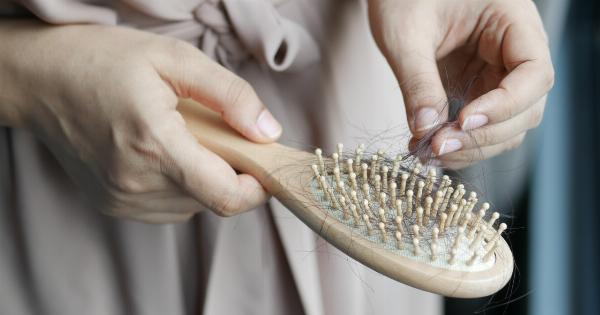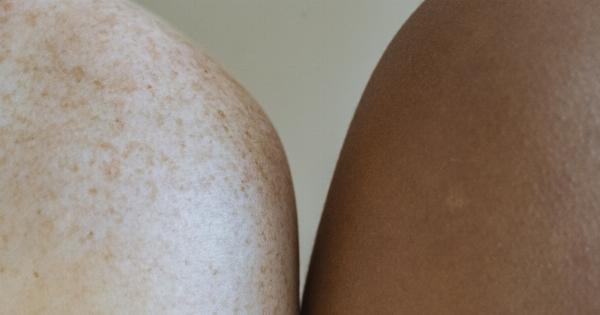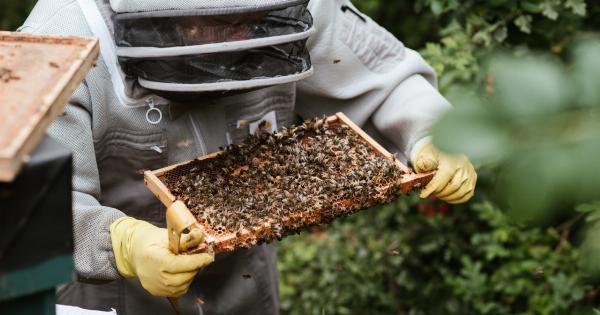Waxing is a popular method of hair removal, and has been around for centuries. It involves applying a warm wax to the skin, which sticks to the hair, and then removing the wax, taking the hair with it.
This method can be used on various parts of the body, including the genital area.
The Benefits of Genital Waxing
Like any other area of the body, the genital area can benefit from waxing hair removal. It provides a smooth and clean area that can help women feel fresher and more confident, especially during intimacy or when wearing bathing suits.
Additionally, some women may experience less discomfort when exercising or participating in other physical activities because there is less hair to trap moisture.
The Risks of Genital Waxing
There are some risks associated with genital waxing, as with any other method of hair removal. First, there is the risk of infection. The genital area is particularly sensitive and prone to infections, especially when it is disrupted in any way.
If the waxing is not done correctly, bacteria can get into the hair follicles and cause an infection. This can lead to redness, itching, and even pus-filled bumps.
Another risk associated with genital waxing is the potential for burns. The wax that is used is typically very hot, and if it is not applied properly, it can burn the skin. This can cause pain, redness, and even blistering.
In some cases, the burns can be severe enough to cause permanent scarring.
Finally, genital waxing can be painful. The genital area is highly sensitive, and removing hair can be uncomfortable. This can be particularly true if the waxing is done by someone who does not have experience with this type of hair removal.
Waxing Precautions
If you’re considering genital waxing, there are some precautions you can take to minimize the risks. Firstly, it’s important to choose a professional and experienced esthetician.
Look for a reputable salon or spa that specializes in all types of waxing, including genital waxing. Be sure to read reviews and ask for referrals from friends who have experience with this type of hair removal.
It’s also a good idea to prepare your skin for waxing. This means exfoliating the area a day or two before your appointment to help remove any dead skin cells and prevent ingrown hairs.
Additionally, avoid shaving or using hair removal cream for at least a week before your waxing appointment because this can make the hair follicles weaker and more susceptible to infection. And to minimize pain, consider taking a pain reliever 30-60 minutes before your appointment.
Safe Waxing Techniques
When it’s time for your genital waxing, there are some techniques that can help make the process safer and more comfortable.
Firstly, the esthetician should be wearing gloves and should be using a clean towel or paper cover on the bed to avoid contamination. They should ensure that the wax is not too hot and that they are not applying it too thickly or pulling it off too quickly. And be sure to speak up if you feel discomfort or pain during the waxing process.
Conclusion
Overall, genital waxing is considered safe for women when done correctly by experienced professionals. To reduce the risk of infection and burns, it’s important to choose a reputable salon and prepare your skin properly before your appointment.
With the right precautions and techniques, you can enjoy the benefits of smooth and clean skin without putting your health and safety at risk.



























